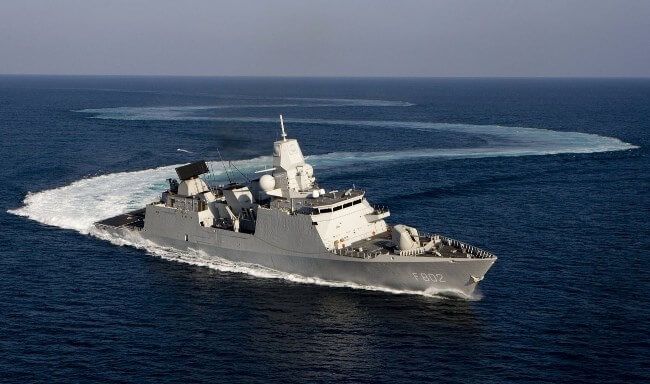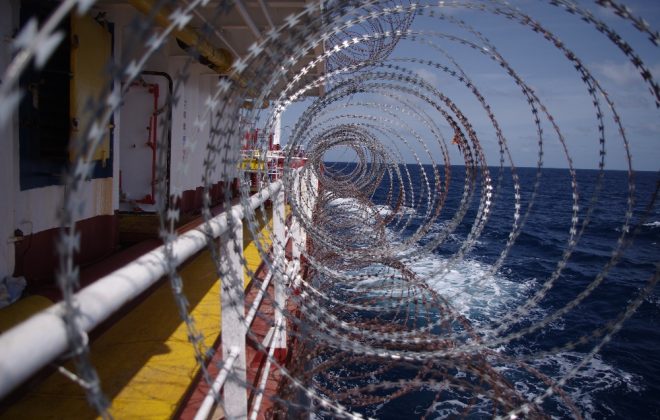The best shipping company in Malaysia knows that protecting their vessels is essential to ensure that the cargos are safely transported to their destinations, especially if they are travelling in hostile waters. Threats like pirates can not only disrupt the trip and rob goods, it can also be a safety hazard to the crew.
Therefore, there are several measures that can be taken to maximize the protection of vessels, cargo and crew. It takes equipment, observations and maneuvering skills to effectively defend the ship.
Watchkeeping and Vigilance
A good pair of eyes are constantly watchful for any threats and are the first “alarms” to the ship and crew. Fully briefed, all round lookouts must be done from an elevated position and rotations of the watch period must be kept short to ensure maximized alertness.
Binoculars, preferably anti-glare, should be maintained and sufficient enough for the bridge team. All navigational warnings and communications must also be monitored. Dummies can also be placed at strategic locations to give a false impression of greater numbers of crew. To improve monitoring, CCTVs and searchlights should be fixed, the latter prevents approaches from the stern.
Manoeuvering

To be familiar with the ship’s handling features, maneuvering training must be conducted. Avoidance maneuvers at a constant speed must also be practiced as such action is proven to be effective in pushing back an attack due to hydrostatic pressure.
If speed isn’t sufficient enough, a ship must consider a step aside maneuver, a diagnostic action designed to test and determine the intentions of a newly detected vessel. If it has a CPA less than 2nm, alter course immediately and determine if it does the same to maintain a closing CPA. At this point, it is considered suspicious and the ship should maximize its speed and sound the alarm.
Alarms
Besides warning the crew of danger, the alarms must be distinctive to avoid confusion. Crew members must be familiarized with different sounds, especially warnings and all clear sirens. All alarms must be backed by announcements in the accommodation and PA system. Drills are to be carried out to ensure that the alarm can be heard throughout the ship and confirm the time necessary for all crew to move to safety.
Physical barriers
Physical barriers are installed to make boarding difficult for attackers. While planning placements, special consideration should be given to ships with sunken poop decks.
Materials and methods implemented as physical barriers include razor wires, water sprays and foam monitors, CCTVs, denial of equipment use, enhanced bridge protection, citadels, lights and safe muster points.
Maritime security companies
Depending on the laws, these companies may be hired to provide extra armed protection for ships, more so if they imminently travel through known hostile waters. Their credentials and permits must be screened first to ensure that they have been issued by appropriate authorities and working legally against threats.
Controlling accesses to accommodation and machinery
Access routes to accommodation and machinery routes must be controlled to delay or deny entry. Escape routes must always be available to every crew in the event of an emergency. The door or hatch of an escape route must also be built in a way that can only be opened from the inside, the outside will always be locked and secured. A designated and limited number shall be used for security patrols.
Portholes and windows must be fitted with steel bars too as pirates are known to climb through them. Procedures of controlling these routes must be briefed to all crew. Removable barriers must be used around pilot boarding points, eliminating the need for a ship to de-rig large areas prior to arrival at ports
